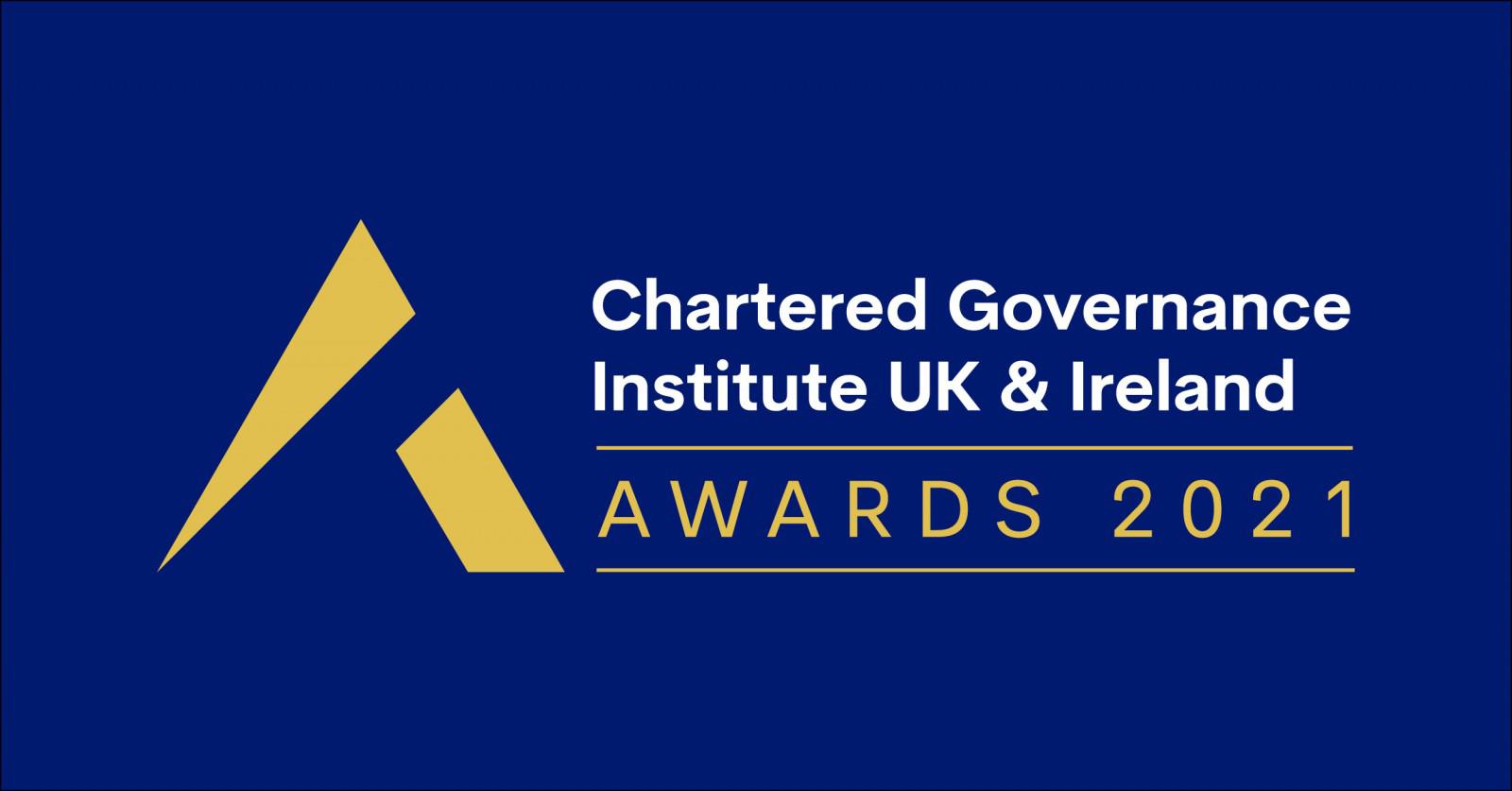
Case Study - Susan Fadil FCG
Meet Susan Fadil FCG, senior director – fund & corporate services at fund administration organisation JTC and our 2024 Winner of the Champion for Governance Award.

Lighting the way
Elemental CoSec describe how they embraced the challenge of becoming one of the first UK regulated agents, supporting clients to comply with the requirements of the new Register of Overseas Entities.

How to simplify governance in your organisation
Santander Asset Management UK, winners of the 2022 CGIUKI Award for Governance Project of the Year, describe how they took a deep dive into their governance in order to streamline and simplify processes.

Facing into the headwinds
Having overcome myriad challenges during 2020, the company secretarial team at easyJet are deserving winners of the 2021 CGIUKI Team of the Year Award.

Interview: Robert Lyons
In this interview we talk to Robert Lyons, Deputy Company Secretary at Marks and Spencer Group plc and one of the two winners of the CGIUKI 2021 Governance Professional of the Year Award, about what it takes to be an award-winning governance professional.

Interview: Nicola Carroll
As the joint winner of the 2021 CGIUKI Award for Governance Professional of the Year, Nicola Carroll FCG is known for her innovative approach and her ability to make governance feel relevant to colleagues across the business.

Interview: Sam De Silva, Partner, CMS
Dr. Sam De Silva, Partner at CMS, won the 2021 CGIUKI Award for Governance Champion of the Year in recognition of his work representing the British Standards Institute as the ISO Working Group Co-Convenor for ISO 31022.

Unlocking the power of good governance
An innovative approach to good governance of their regenerative tourism destination along Saudi Arabia’s west coast led to The Red Sea Development Project winning the 2021 CGIUKI ESG Initiative of the Year Award.

A warm welcome
Building a sense of belonging should be the key driver of EDI initiatives according to the CEO of the winner of the 2021 CGIUKI award for Diversity and Inclusion Initiative of the Year.

Interview: Lauren MacIntyre
Lauren MacIntyre spoke to Governance and Compliance about her award win, as well as her entry into the profession.

Case Study - Nick Lindsay ACG
Meet Nick, the founder of Elemental, the CGIUKI’s service provider of the year 2021.

In their shoes: Val Lynch
Continuing our 'in their shoes' series, we sat down with Val Lynch, who works as a Company Secretary at Silva Homes.

Case Study - Siobhan Dowdall ACG
Meet Siobhan Dowdall ACG, shortlisted nominee for our One to Watch 2021 Award, as she tells us what its like to be a Subsidiary Governance Officer at Royal Bank of Canada, London.

2021 Awards - the winners revealed
CGIUKI chief executive Sara Drake explains who won what and why.

The Red Sea Development Company’s The Red Sea Project wins ‘ESG Initiative of the Year’ honour at CGIUKI 2021 Awards
The Red Sea Project which is being developed on the Saudi Arabian Red Sea coast by The Red Sea Development Company took the coveted award this year.

North East London NHS Foundation Trust’s Director of Corporate Affairs wins prestigious governance award
Lauren MacIntyre, Director of Corporate Affairs and Company Secretary has been named ‘Company Secretary of the Year’.

North East London NHS Foundation Trust’s Director of Corporate Affairs wins prestigious governance award
Lauren MacIntyre, Director of Corporate Affairs and Company Secretary has been named ‘Company Secretary of the Year’.

Rolls-Royce and M&S governance experts share ‘Governance Professional of the Year’ honour
Nicola Caroll, Corporate Governance Director at Rolls-Royce Holdings plc, and Robert Lyons, Deputy Company Secretary at Marks and Spencer Group plc have been jointly named ‘Governance Professional of the Year’.

Case Study - Lauren Osman
Meet Lauren Osman, shortlisted nominee for our Company Secretary of the Year award, as she tells us what it is like to work as a Transformation & Compliance Manager at Avenues Group.

Case Study - Tesse Akpeki
Meet Tesse Akpeki as she tells us what its like to work as a consultant and strategist at FCG.
